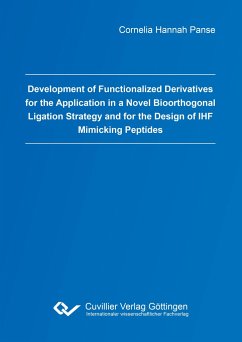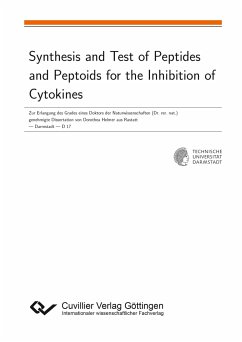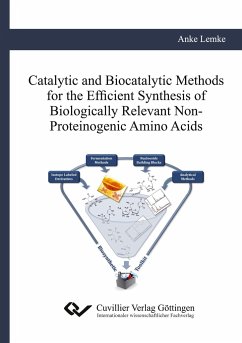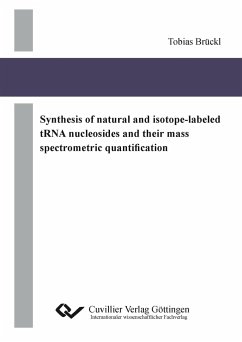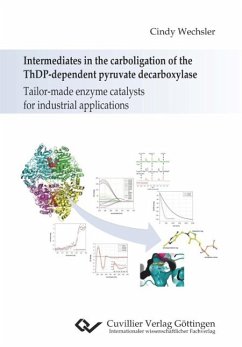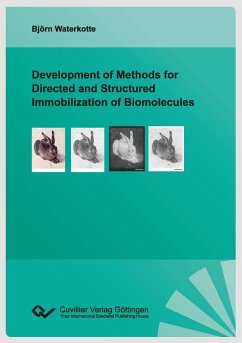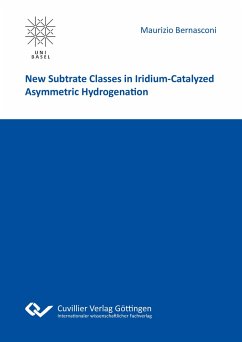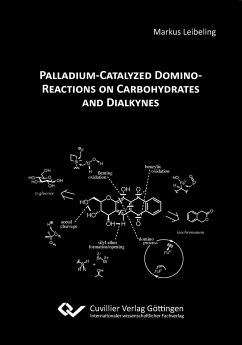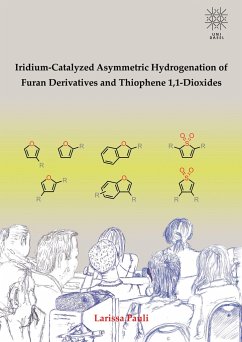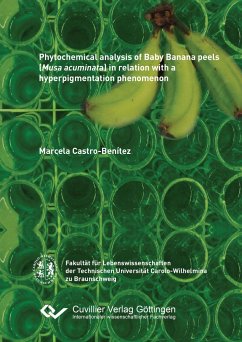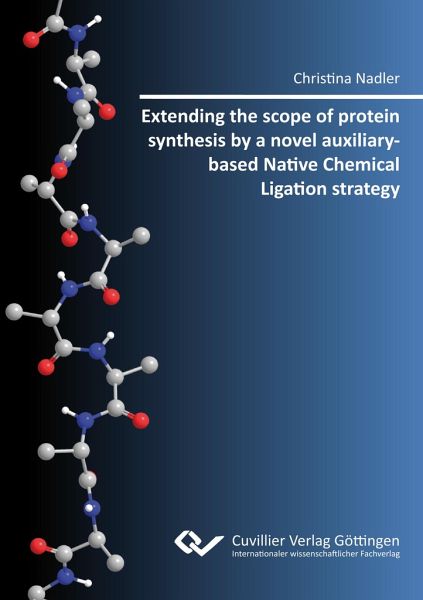
Extending the scope of protein synthesis by a novel auxiliary¿based Native Chemical Ligation strategy

PAYBACK Punkte
0 °P sammeln!
There is a constant need for developing improved methods for introducing artificial functionalities into peptides and proteins, as the modification of peptides and proteins is one of the major routes to investigate biological function in vitro and in vivo, e.g. by introduction of spin labels or fluorophores. To improve the synthetic accessibility of chemically modified peptides and proteins a new cysteine-free Native Chemical Ligation strategy based on a photocleavable auxiliary was developed and successfully implemented. In addition, a novel protocol for labeling peptides and proteins by intr...
There is a constant need for developing improved methods for introducing artificial functionalities into peptides and proteins, as the modification of peptides and proteins is one of the major routes to investigate biological function in vitro and in vivo, e.g. by introduction of spin labels or fluorophores. To improve the synthetic accessibility of chemically modified peptides and proteins a new cysteine-free Native Chemical Ligation strategy based on a photocleavable auxiliary was developed and successfully implemented. In addition, a novel protocol for labeling peptides and proteins by introducing artificial, histidine-mimicking amino acids was devised. These triazole-based building blocks were utilized for the introduction of additional metal binding sites into peptides as well as for the development of peptidic zinc sensors based on zinc finger peptide Zif268.




